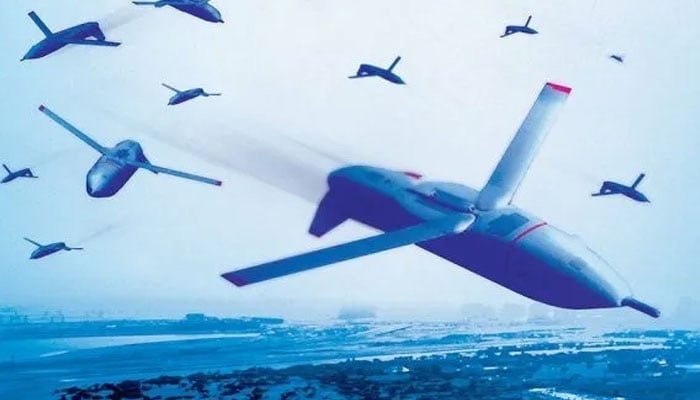US drone program to counter China falters amid delays and technical flaws
Washington,(WSJ/Reuters) – A high-profile US military program designed to field thousands of autonomous drones and AI-enabled weapons to deter China has failed to meet its goals, facing cost overruns, technical flaws and delays, according to a Wall Street Journal report. Launched in 2023 by then-Deputy Defense Secretary Kathleen Hicks, the “Replicator” initiative aimed to deploy…
Washington,(WSJ/Reuters) – A high-profile US military program designed to field thousands of autonomous drones and AI-enabled weapons to deter China has failed to meet its goals, facing cost overruns, technical flaws and delays, according to a Wall Street Journal report.
Launched in 2023 by then-Deputy Defense Secretary Kathleen Hicks, the “Replicator” initiative aimed to deploy swarms of cheap, smart air, land and sea drones by August 2025. The project was intended to give the US an edge in a potential conflict with China, which American officials fear could move against Taiwan by 2027.
But testing revealed unreliable systems: in California, an unmanned boat lost steering and an aerial drone failed to launch on time. Integration software also struggled to identify targets, while several purchased systems proved incomplete or conceptual. Questions were raised over acquisitions such as Switchblade 600 drones, shown to be vulnerable to Russian jamming in Ukraine, and long-range “Gark” boats deemed unsuitable for Pacific missions.
In response, the Pentagon has reorganized the effort under a new Defense Autonomous Warfare Group (DAWG), led by Lt. Gen. Frank Donovan, focusing only on systems viable in combat.
Despite criticism, some analysts say Replicator accelerated procurement timelines that normally take years. The new group has less than two years to deliver the capabilities US defense planners say are essential to deter China’s military rise.







